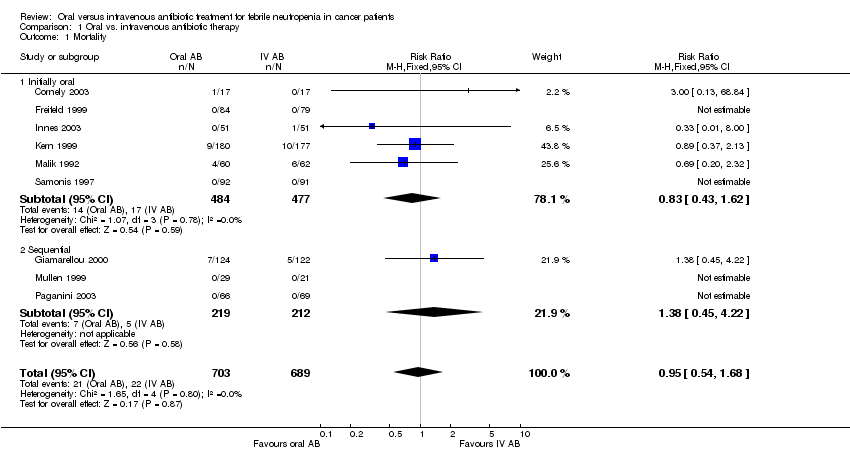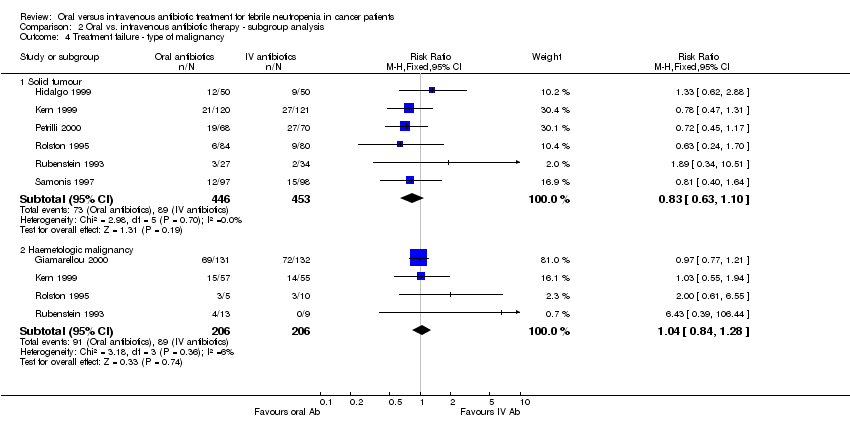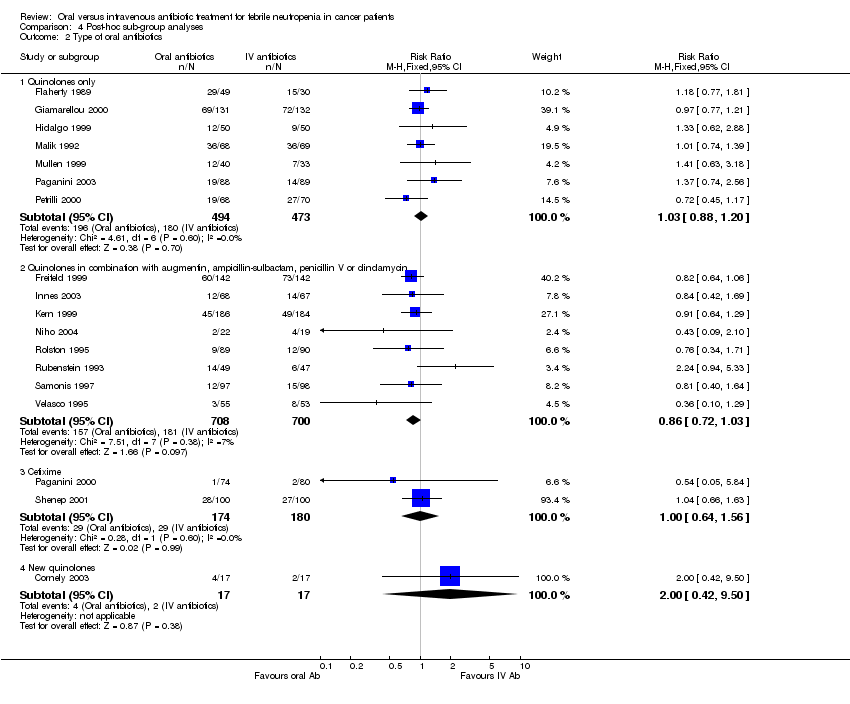Contenido relacionado
Revisiones y protocolos relacionados
Liat Vidal, Itsik Ben dor, Mical Paul, Noa Eliakim‐Raz, Ellisheva Pokroy, Karla Soares‐Weiser, Leonard Leibovici | 9 octubre 2013
Ofrat Beyar‐Katz, Yaakov Dickstein, Sara Borok, Liat Vidal, Leonard Leibovici, Mical Paul | 3 junio 2017
Rodolfo Rivas‐Ruiz, Miguel Villasis‐Keever, Guadalupe Miranda‐Novales, Osvaldo D Castelán‐Martínez, Silvia Rivas‐Contreras | 19 marzo 2019
Anat Stern, Elena Carrara, Roni Bitterman, Dafna Yahav, Leonard Leibovici, Mical Paul | 3 enero 2019
Anat Gafter‐Gvili, Abigail Fraser, Mical Paul, Liat Vidal, Theresa A Lawrie, Marianne D van de Wetering, Leontien CM Kremer, Leonard Leibovici | 18 enero 2012
Rahul Mhaskar, Otavio Augusto Camara Clark, Gary Lyman, Tobias Engel Ayer Botrel, Luciano Morganti Paladini, Benjamin Djulbegovic | 30 octubre 2014
Mical Paul, Yaakov Dickstein, Agata Schlesinger, Simona Grozinsky‐Glasberg, Karla Soares‐Weiser, Leonard Leibovici | 29 junio 2013
Helle Krogh Johansen, Peter C Gøtzsche | 4 septiembre 2014
Yu Uneno, Haruki Imura, Yosuke Makuuchi, Kentaro Tochitani, Norio Watanabe | 28 noviembre 2022
Kenneth Jaaback, Nick Johnson, Theresa A Lawrie | 12 enero 2016















